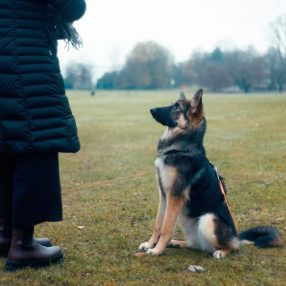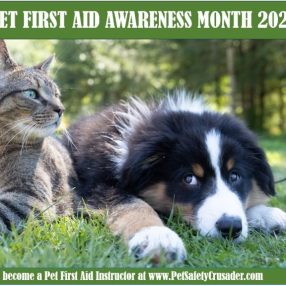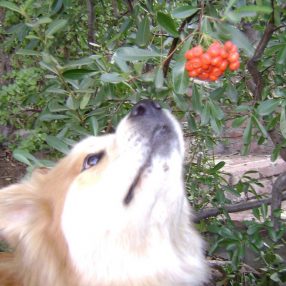
Parvo – What Every Dog Owner Needs To Know
If you have a dog or puppy, you’ve most likely heard of parvovirus when taking your pet for their routine vaccinations. Most vets recommend that puppies get three vaccines for parvo beginning at six weeks of age. Because parvo is a common illness among young puppies that can have severe effects on their health, much caution is taken to prevent pups from getting this disease. Parvo vaccines are often required before puppies can attend grooming and boarding facilities or training and socialization classes. But what is parvo and how can you tell if your puppy might have it? Keep reading to find out.
Parvovirus vaccines are important, but not foolproof
Parvo, or canine parvovirus infection, is a highly contagious disease of the stomach and gastrointestinal tract in dogs. It can cause several symptoms and can quickly lead to death if untreated. However, with proper care, most dogs can survive. Parvo is spread through contact with contaminated dogs, people, objects, fecal matter, and environments. It can also be carried from place to place on shoes, clothing, and bedding, causing it to spread quickly among susceptible dogs. In addition, the virus can be persistent and it can be difficult to fully sanitize the environment of an infected dog. Regular disinfectants may not fully remove the contagion.
Dogs who are most at risk of getting parvo are unvaccinated dogs and puppies who are under six months old and have not yet received their full course of vaccinations. However, even dogs who have received all of their parvo vaccines can still get a breakthrough infection. While you should be cautious of parvovirus, especially in young puppies, keep in mind that it is still important that puppies receive socialization from a young age. Regular online virtual care appointments with a vet can help to provide guidance on managing the risk of parvo in different circumstances.
Symptoms of parvovirus can look like other illnesses
Symptoms may not present until after the dog has already been infected and can be similar to other diseases. Your dog may display just one or all of these symptoms when they have parvo. Symptoms of parvovirus in dogs can include:
- Depression
- Dehydration
- Vomiting
- Lethargy
- Weight loss
- Anorexia
- Fever
- Bloody diarrhea
While there is no specific cure for parvovirus if your dog contracts it, some dogs may require treatment, such as antibiotics for secondary infections or IV fluids for dehydration.
How you can keep your dog from getting sick
There are several preventative methods you can take to keep your dog or puppy healthy and parvo-free. The primary way to protect your dog from parvovirus is by following your veterinarian’s recommended vaccination schedule. Be careful when socializing your dog and attending puppy classes, boarding facilities, or meet-ups where unvaccinated dogs may be present. A Vetster online vet can help to guide you in being aware of situations where your dog may be at higher risk of contracting parvo so that you can be extra cautious with your pup about sharing water, food, or bedding. Because parvo can persist on surfaces for up to a month indoors, it is recommended to use a specially formulated disinfectant. Parvo can also be spread by people who have contact with infected dogs. If you have exposure to a sick dog or environment that may be contaminated, take care to wash your hands and change your clothes before handling other dogs to avoid transferring the virus.
Contact a vet if you think your dog has parvo
Even when you take precautions, your dog may still end up getting parvovirus. If you have questions about your dog’s health or believe they may be at risk of increased exposure to a disease, book an online virtual care appointment to discuss your options. If your dog is displaying one or all of the symptoms of parvovirus, immediately quarantine your dog to prevent them from potentially infecting other dogs. Even if your dog recovers from parvovirus, you should not introduce a new dog into the environment until you can be confident that the virus has been eradicated from all of the surfaces. This can take up to a year in some cases. In case of severe symptoms or emergency, there is no replacement for veterinary care. If your dog is feeling under the weather and you’re not sure what to do, an online vet can help you to determine the best course of action and assess whether your dog may be showing signs of parvovirus.










